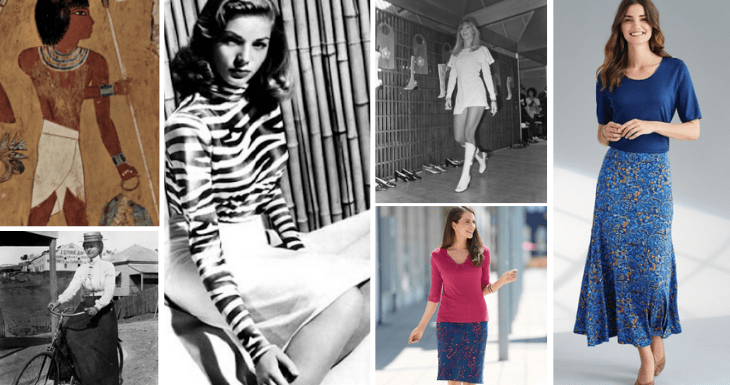Skirts have long held a place of significance in cultures across the globe. These versatile garments are more than just fashion statements—they are woven into the very fabric of societal norms, traditions, and identities. From the Scottish kilt to the Indian saree, skirts symbolize various cultural values, ceremonies, and social statuses. This article delves into the cultural significance of skirts around the world, highlighting how this piece of clothing has evolved and continues to play a vital role in different societies.
Skirts in European Traditions
In Europe, skirts have a deep-rooted history, often associated with femininity, status, and tradition. The iconic Scottish kilt, a type of pleated skirt, is a prime example. Traditionally worn by men, the kilt is a symbol of Scottish pride and heritage. Each tartan pattern on the kilt represents a specific clan, and wearing it is a way to honor one’s ancestry. In many European countries, skirts have also been a symbol of social class. During the Renaissance, elaborate skirts with layers of fabric were worn by noblewomen to signify wealth and status. Even today, skirts continue to be a part of traditional European attire, reflecting the region’s rich cultural heritage.
Skirts in Asian Cultures
In Asia, skirts are often associated with traditional attire and cultural ceremonies. In India, the saree—a long piece of cloth draped around the body, forming a skirt—is a symbol of grace and femininity. It is worn on special occasions, such as weddings and religious festivals, and each region has its own unique way of draping the saree, adding to its cultural significance. In Japan, the kimono, which includes a skirt-like lower half, is worn during important cultural ceremonies and symbolizes respect for tradition. The variations in skirt styles across Asia reflect the diverse cultures, each with its unique way of incorporating skirts into daily and ceremonial life.
Skirts in African Traditions
African cultures also have a rich history of skirts, often used in traditional dances and ceremonies. In many African societies, skirts are made from vibrant, colorful fabrics that reflect the community’s identity. For example, the Zulu skirt, worn by women in South Africa, is adorned with beads and patterns that tell stories of the wearer’s life and status. These skirts are not just garments; they are a form of communication, conveying messages through their design and colors. Skirts in African traditions are often worn during rituals, dances, and celebrations, highlighting their cultural importance.
Skirts in Contemporary Fashion
In contemporary fashion, skirts continue to be a versatile and symbolic garment. They have evolved from traditional attire to a modern fashion staple, worn by people of all genders. Designers around the world draw inspiration from cultural skirts, reinterpreting them in ways that resonate with today’s fashion-conscious society. From high-fashion runways to everyday street style, skirts remain a powerful expression of identity and cultural pride. The resurgence of traditional skirts in modern fashion is a testament to their enduring significance and the way they bridge the gap between the past and the present.
The Global Influence of Skirts
The global influence of skirts is undeniable. As cultures interact and blend, skirts have transcended their traditional boundaries, becoming symbols of global unity and diversity. For instance, the bohemian skirt, inspired by various ethnic styles, has become a global fashion trend, appreciated for its cultural richness and aesthetic appeal. This fusion of cultural elements in modern skirts reflects the growing appreciation for diversity in fashion. By wearing skirts that incorporate elements from different cultures, individuals celebrate the global tapestry of traditions and styles.
Conclusion
The cultural significance of skirts is vast and multifaceted. Across the globe, skirts have served as symbols of tradition, status, and identity, evolving with time while retaining their cultural essence. Whether it’s the Scottish kilt, the Indian saree, or the African ceremonial skirts, these garments carry stories, histories, and values that transcend fashion. In today’s world, skirts continue to be a powerful medium of cultural expression, bridging the past and the present, and uniting people across different cultures. As we embrace modern fashion, it’s important to remember and honor the cultural roots of skirts, recognizing them as more than just garments but as cultural symbols that have shaped and continue to shape our global society.
You may also like
-
How Scriptures on Jewelry Transform Lives: A Nurse’s Journey of Faith
-
The Rise of Men’s Vintage Hoodies and Sweatshirts as a Sustainable Fashion Choice
-
Unlock the Confidence of Wearing Personalized, Made-to-Measure Attire
-
Pencil Heels Guide: What Are They & How Can You Get Them At A Good Price
-
Vintage vs. Modern photo booths – Choosing the right style


